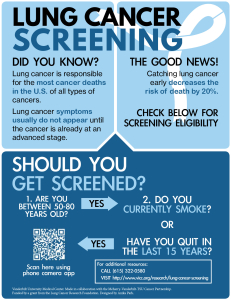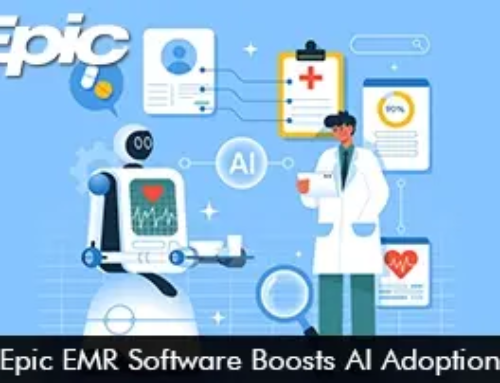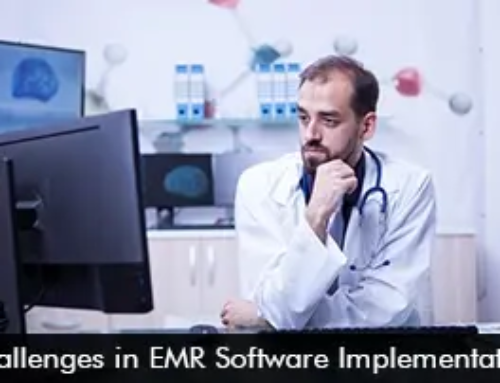Lung cancer is one of the most prevalent and deadliest forms of cancer worldwide. Its early diagnosis and effective treatment are crucial for improving patient outcomes and reducing mortality rates. Oncology EMR software plays a pivotal role in the battle against lung cancer. In this blog, we will explore the significance of Oncology Electronic Medical Record (EMR) software in managing lung cancer, improving patient care, and research advancements.
Understanding Lung Cancer
Lung cancer is a malignant tumor that originates in the lungs. It is primarily caused by long-term exposure to tobacco smoke, but it can also result from exposure to environmental toxins or genetic factors. It is categorized into two main types: non-small cell lung cancer (NSCLC) and small cell lung cancer (SCLC). Early detection and personalized treatment are key to improving the prognosis for lung cancer patients.
The Role of Oncology EMR Software
Oncology EMR software is designed specifically for the management of cancer-related patient data. It is also transforming the way healthcare providers diagnose, treat, and research lung cancer. Here are some ways in which Oncology EMR software is making an impact in the field of lung cancer:
Early Detection and Diagnosis
Early detection is crucial for successful lung cancer treatment. Oncology EMR software aids in the early identification of potential lung cancer cases through:
Integration of Imaging
Oncology EMR software can seamlessly integrate with diagnostic imaging tools such as CT scans and X-rays. This integration streamlines the process of reviewing images and identifying suspicious nodules or tumors, increasing the chances of early detection.
Risk Assessment
EMR systems can assess patient risk factors, including smoking history, family history, and exposure to environmental toxins. This information helps healthcare providers determine which patients are at higher risk and should undergo regular screening for lung cancer.
Screening Programs
EMR software can support the development of screening programs for high-risk populations. By identifying individuals who should be screened and scheduling regular screenings, early-stage lung cancer can be detected and treated more effectively.
Personalized Treatment Plans
Lung cancer treatment is not one-size-fits-all. Oncology EMR software helps healthcare providers create personalized treatment plans tailored to the specific characteristics of the patient and their cancer. This includes:
Genomic Profiling
EMR systems can store and analyze genomic data, allowing for the identification of specific genetic mutations that may influence the choice of targeted therapies.
Treatment Guidelines
Oncology EMR software integrates clinical guidelines and best practices, providing healthcare providers with evidence-based treatment recommendations and the latest research on lung cancer therapies.
Chemotherapy Management
For patients requiring chemotherapy, EMR software facilitates the management of chemotherapy regimens, including drug dosages, administration schedules, and side-effect tracking.
Radiation Therapy Planning
When radiation therapy is part of the treatment plan, EMR software assists in precise radiation therapy planning, minimizing damage to healthy tissue.
Enhanced Patient Care
Oncology EMR software plays a critical role in improving patient care by enhancing communication, coordination, and the overall patient experience:
Care Coordination
EMR systems enable multiple healthcare providers, such as oncologists, radiologists, and surgeons, to access and contribute to a patient’s treatment plan, ensuring a coordinated approach to care.
Patient Portals
These systems often include patient portals where patients can access their medical records, appointment schedules, test results, and educational resources related to lung cancer, empowering them to actively participate in their care.
EMR software supports telehealth services, making it easier for patients to have virtual consultations with their healthcare providers, especially during the ongoing COVID-19 pandemic.
Side-Effect Management
EMR software helps manage and document the side effects of cancer treatments, enabling healthcare providers to address them promptly and improve the patient’s quality of life during treatment.
Research Advancements Through Oncology EMR Software
The integration of Oncology EMR software in healthcare settings is advancing lung cancer research in several ways:
Data Collection
EMR software collects and stores vast amounts of patient data, which can be anonymized and used for research purposes. This data provides insights into patient outcomes, treatment responses, and disease progression.
Clinical Trials
Oncology EMR systems can identify eligible patients for clinical trials, facilitating patient recruitment for groundbreaking lung cancer research studies.
Predictive Analytics
The wealth of data in EMR systems allows for the development of predictive models to identify high-risk individuals and improve lung cancer prevention strategies.
Challenges and Considerations of Oncology EMR Software
While Oncology EMR software offers significant advantages in the management of lung cancer, it is essential to address certain challenges and considerations:
Data Security and Privacy
Protecting sensitive patient data is of utmost importance. Healthcare organizations must adhere to stringent data security and privacy regulations to safeguard patient information.
Interoperability
Achieving seamless interoperability between different EMR systems is an ongoing challenge. Healthcare providers must work towards standardization to ensure efficient data sharing.
Training and Adoption
The successful implementation of Oncology EMR software requires comprehensive training for healthcare providers and staff. A change management strategy is vital to encourage the adoption of these digital tools.
Data Quality
The accuracy and completeness of data input into EMR systems are crucial for effective patient care and research. Healthcare providers must prioritize accurate data entry.









